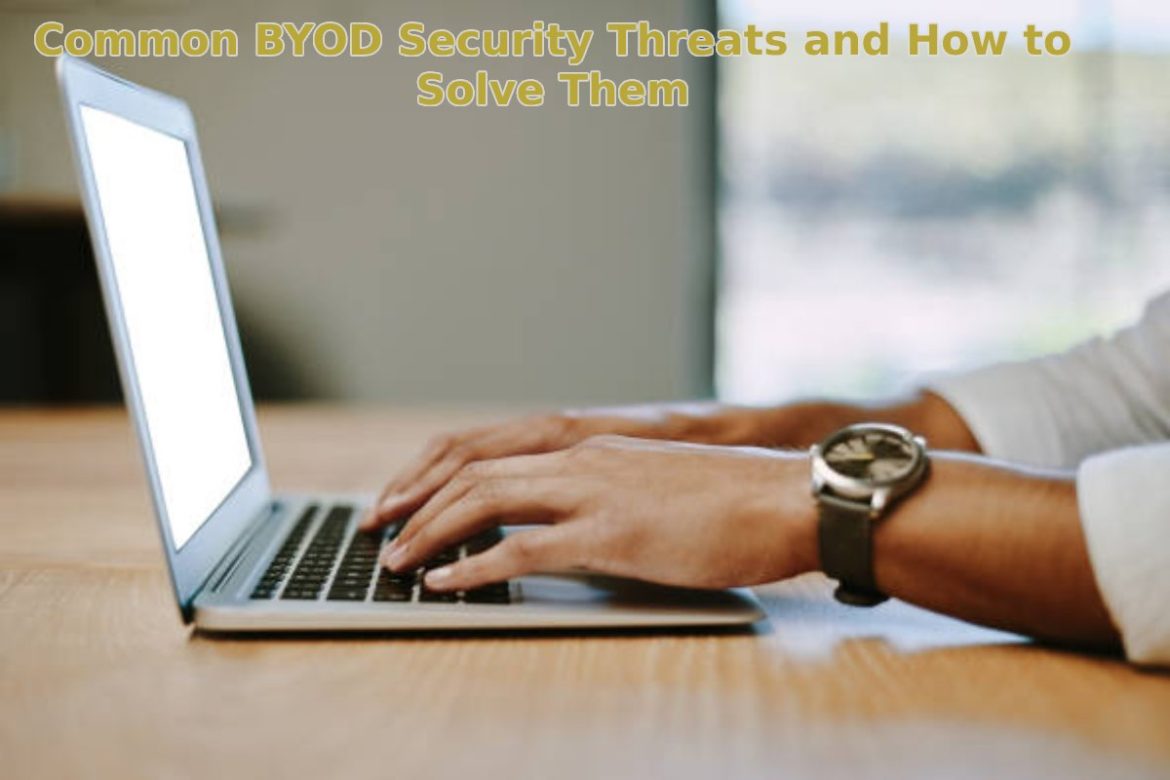BYOD Security Threats – Large portions of the workforce have taken on hybrid or fully remote modes of work in recent years. Many employees use their smartphones and laptops to work from home, saving their organization some hardware costs. This practice is known as Bring Your Own Device (BYOD). But what is BYOD in cybersecurity? Is it worth the risk?
The nature of BYOPC practice makes it inherently vulnerable to cybersecurity threats that may jeopardize corporate data. Fortunately, these security threats generally have solutions you can apply to protect your company’s confidential information. Hence, in this article, Venn will explain common BYOD security threats and how you can solve them.
Table of Contents
BYOD security threats and ways to eliminate them
BYOD offers various benefits ranging from cost-saving to convenience but imposes a significant burden on an organization’s security resources. Here are the common threats you may face when you adopt BYOD and how to solve them:
1. Malicious apps
Many smartphone and PC users hardly care about device security when installing new apps. Users typically care more about functionality than security. Unfortunately, not all apps are trustworthy; some come with malware to breach the security of devices.
When an employee downloads a malicious app on their device, there is a risk of the hacker taking control of their device, including corporate data. Such breaches may lead to exposure, theft, and loss of corporate data.
How to prevent the installation of malicious apps
Download from trusted app stores: Popular app stores such as the Google Play Store, the App Store, Samsung Galaxy Store, and Microsoft Store generally employ security features that ensure that only secure apps are available for download on their platforms. Train your employees to download apps from only trusted platforms.
Install antivirus software: Antivirus software can help detect problematic apps before an employee installs them. You should choose software with robust security features that you may not find on a free option. Educate your employees to avoid apps detected as problematic.
2. Data leakage
You cannot rule out data leakage when you allow employees to work with their personal devices. The leakage may be intentional or unintentional, but there’s a huge risk of it happening. Corporate data can be exposed if a personally owned device harbors malware or is stolen/misplaced. Thankfully, you can avoid corporate data leakage by taking critical security steps.
How to prevent data leakage
Mobile device management (MDM): Install an MDM program on the personally owned work device to give IT access to remotely wipe it in case of loss or theft. This action helps to keep sensitive information from the wrong hands.
Smarter data provisioning: Limit employees’ exposure to critical corporate data as much as possible. Essentially, allow access only on a need-to-know basis to minimize potential exposure.
Use app segregation: Employ programs such as the Venn software that can create reliable barriers between personal and work activity on a personal device.
File integrity monitoring: Install file integrity monitoring software that detects and notifies IT immediately malware gains access to an employee’s device. The notification allows IT to take action before malware impacts the corporate network.
3. Device infection
Most users with infected smartphones have no idea their device carries malware, which is problematic if they use it for work. A company may give an infected smartphone access to corporate resources without knowing it is unhealthy.
How to solve device infection
Install antivirus software: A reliable program can fix an infected smartphone by detecting and removing malware.
Regular operating system (OS) update: Educate your employees to download all new OS updates to keep their security patches up to date. Using a current OS reduces a device’s vulnerability to infection.
File integrity monitoring: Even current OSs may have vulnerabilities, leaving file integrity monitoring as the best tool to immediately detect an infection and help IT to act appropriately.
4. Unclear and insufficient security protocols
A vast majority of all security breaches are linked to social engineering — the practice of tricking a user into providing access to sensitive information — as Kaspersky Labs reported in 2019. That means BYOD poses a significant risk to your organization if you do not create and enforce sufficient, straightforward security protocols.
How to address unclear and insufficient security protocols
Create strong security protocols: With BYOD allowing employees to stay out of the sight of the corporate IT department, create and enforce strong security policies to safeguard corporate data. Mandate them to use strong passwords, trusted apps, a VPN, a secure Wi-Fi network, current OS version, mobile device management, location tracking, and antivirus software.
Regular training: Conduct periodic training programs for your employees to educate them on security procedures. The programs offer you the chance to clearly communicate strong security policies for employees that may access corporate data.
5. Loss or theft
The loss or theft of a personally owned device an employee uses for work poses a security threat to corporate resources. A survey found that 68% of data breaches in the healthcare industry occurred due to the theft or loss of an employee device.
How to solve device loss or theft
Employee training: Train employees to set up strong passwords and biometric devices to prevent access in case of loss or theft
Tracking system: Employees should have a reliable device tracking system to help recovery in case of loss.
Mobile device management: Embrace MDM solutions to enable IT remotely wipe sensitive information off compromised devices.
Despite the security threats, BYOPC can be successful if organizations take necessary measures to safeguard their resources. This method of work is an inevitable choice for most companies, and they must manage the risks by setting up safeguards to tackle threats to corporate security.


